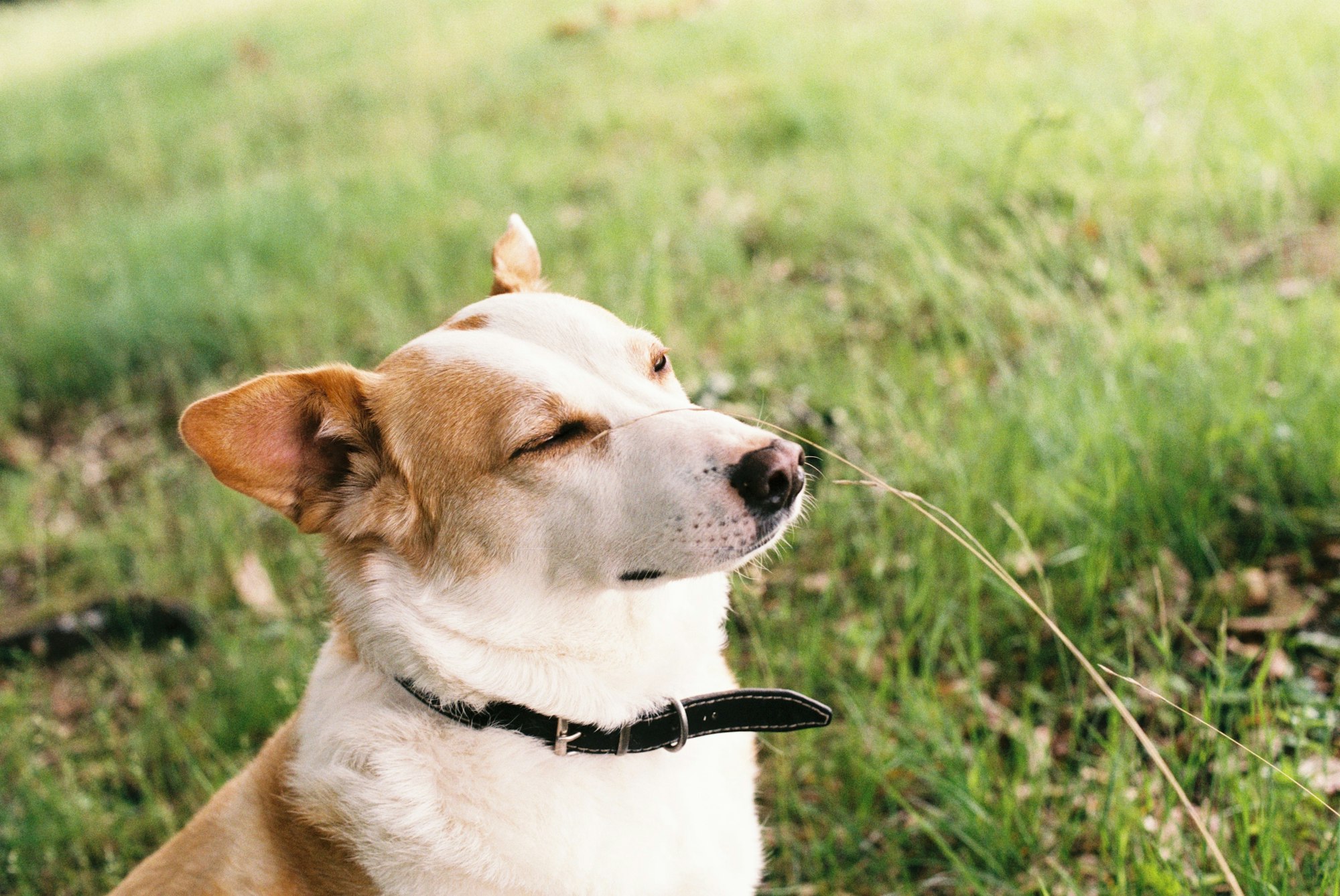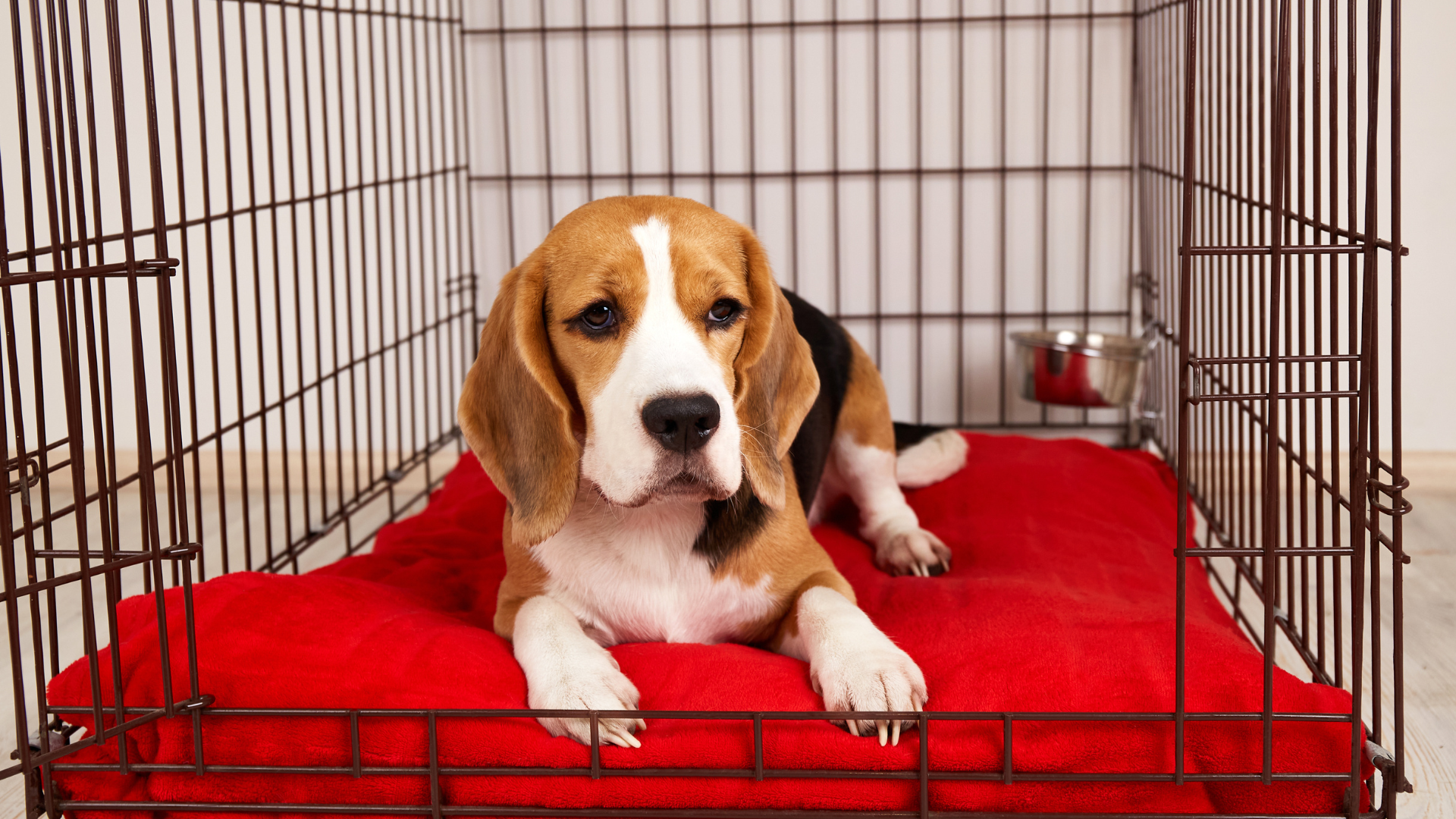As a dog owner, you've witnessed the incredible intelligence and capacity for learning that dogs possess. While basic obedience training is essential, advanced dog training takes things to a whole new level. This article will explore the world of advanced dog training, offering insights into techniques, benefits, and the various avenues you can explore to unlock your canine companion's full potential.
Understanding Advanced Dog Training
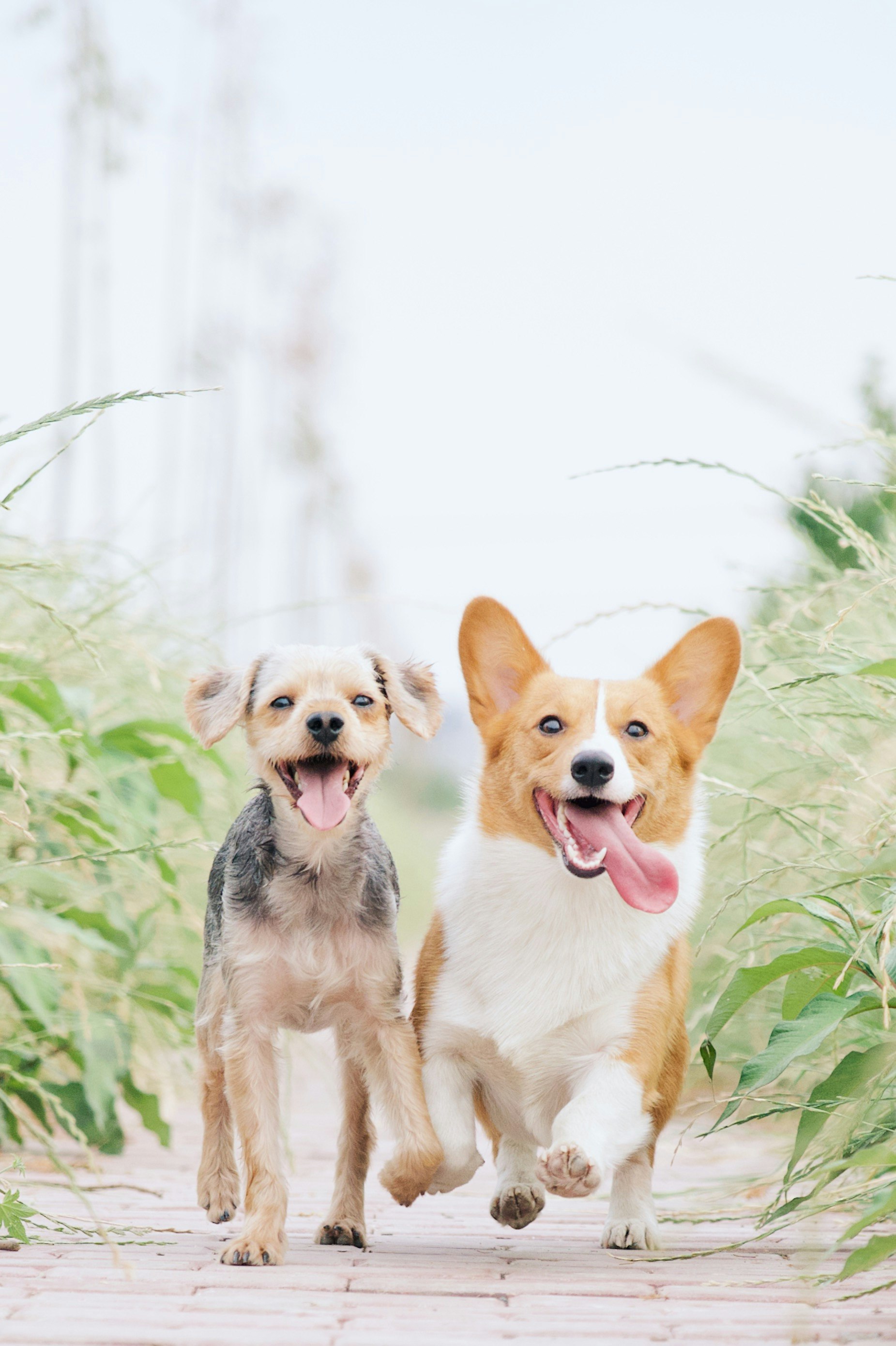
Benefits of Advanced Dog Training: Advanced dog training goes beyond the basics and aims to challenge and stimulate your dog mentally and physically. By engaging in advanced training, you can strengthen the bond with your dog, enhance their obedience skills, and provide them with a sense of purpose and fulfillment. Additionally, advanced training can help address behavioral issues and create a well-rounded, well-behaved canine companion.
Prerequisites for Advanced Training: Before embarking on advanced training, it's crucial to ensure your dog has a solid foundation in basic obedience. They should reliably respond to commands such as sit, stay, come, and heel. A strong understanding of these fundamental commands will make it easier to build upon them during advanced training sessions.
Building on Basic Obedience: Advanced training builds upon the foundation of basic obedience by introducing more complex commands, behaviors, and skills. This includes tasks like advanced off-leash control, targeting specific objects or areas, performing tricks, participating in canine sports, and even providing therapy or assistance work. By expanding your dog's repertoire of skills, you can take their training to the next level.
Advanced Training Techniques
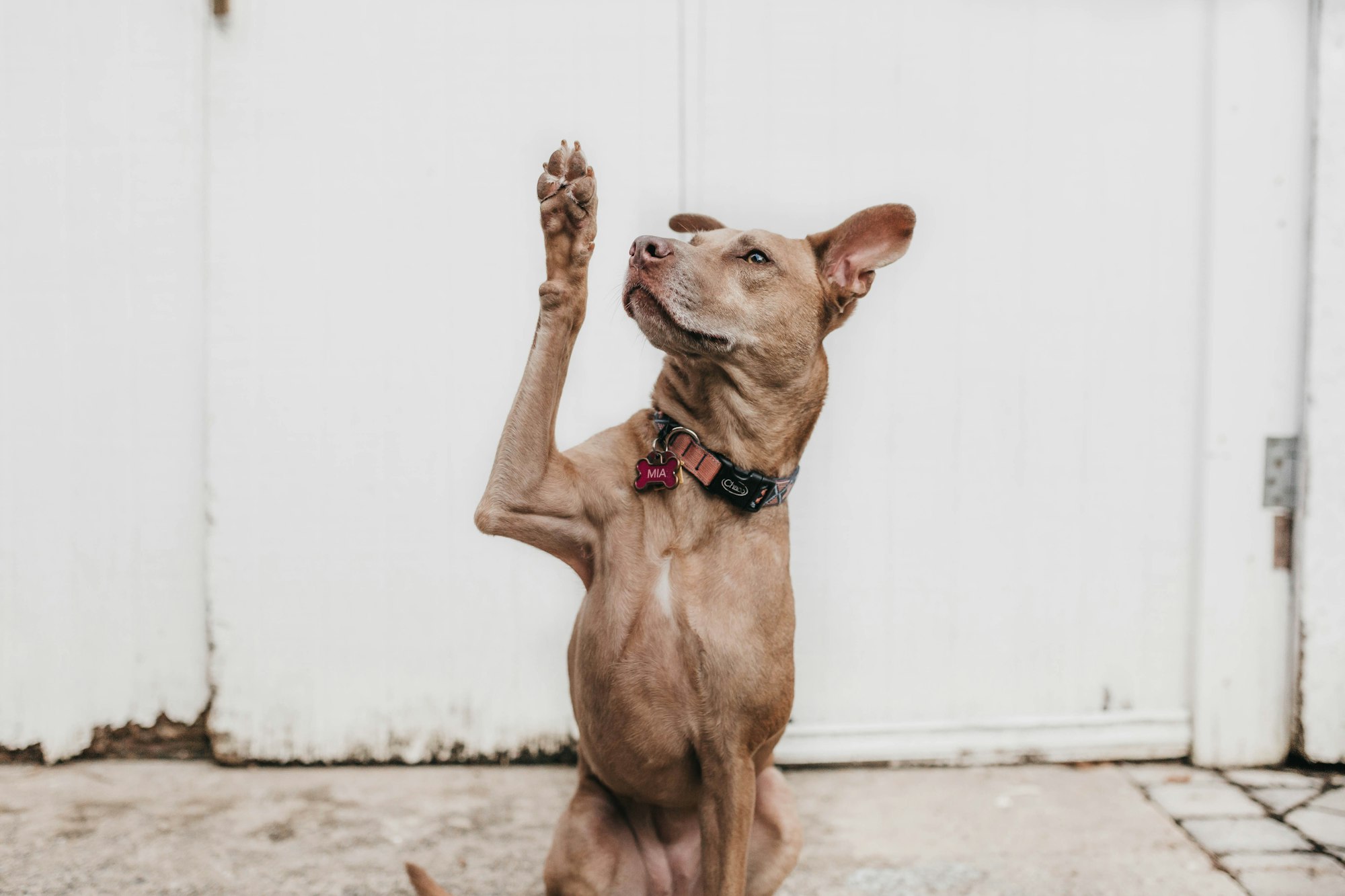
Targeted Command Training: Targeted command training involves teaching your dog to respond to specific objects or areas. This can include commands like "find it," "fetch," or "go to your bed." By associating these commands with certain objects or locations, you can direct your dog's attention and actions with precision.
Off-Leash Training: Off-leash training is an advanced skill that requires a high level of reliability and trust between you and your dog. By gradually transitioning from on-leash to off-leash control, you can give your dog more freedom while maintaining their responsiveness to commands, ensuring their safety and personal peace of mind.
Canine Sports and Activities: Engaging in canine sports and activities is a fantastic way to challenge your dog physically and mentally. Whether it's agility, flyball, dock diving, or obedience trials, these activities provide an outlet for your dog's natural instincts and energy while promoting teamwork and bonding between you and your furry friend.
The Role of Positive Reinforcement
Reward-Based Training Methods: Positive reinforcement is a cornerstone of effective dog training. By rewarding desired behaviors with treats, praise, or play, you motivate your dog to repeat those behaviors. Positive reinforcement creates a positive association with training, making it more enjoyable for your dog and increasing their willingness to learn.
Clicker Training: Clicker training is a popular technique used in advanced dog training. The clicker, a small handheld device that makes a distinct clicking sound, serves as a marker to indicate when your dog has performed a desired behavior correctly. By pairing the clicker with rewards, you can effectively communicate and reinforce desired behaviors.
Shaping Behavior: Shaping behavior involves breaking down complex behaviors into smaller, achievable steps. By rewarding your dog for each incremental improvement, you gradually shape the desired behavior. This technique is particularly useful for teaching intricate tricks or tasks that require a sequence of actions.
Addressing Behavioral Challenges
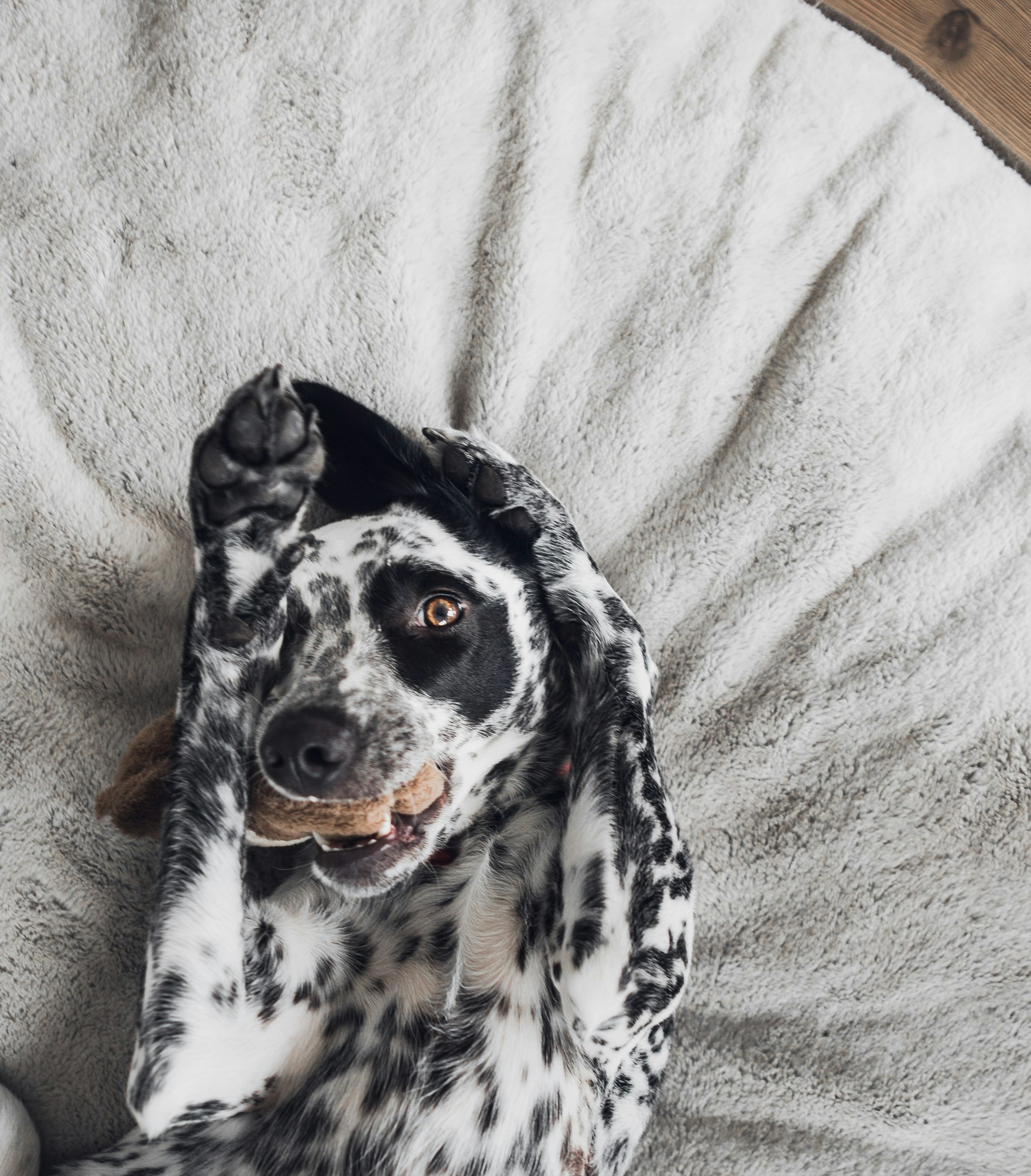
Dealing with behavioral challenges in dogs can be a daunting task. However, with the right approach and understanding, you can effectively address and modify problematic behaviors. Let's explore some common behavioral challenges and strategies to tackle them:
Aggression and Reactivity: Advanced training can help address behavioral challenges such as aggression and reactivity. By working with a professional trainer, you can implement behavior modification techniques to manage and modify your dog's response to triggering stimuli. This may involve desensitization, counter-conditioning, and teaching alternative coping mechanisms.
Separation Anxiety: Separation anxiety is a common issue that can be addressed through advanced training. By gradually desensitizing your dog to your absence and teaching them coping strategies, you can help alleviate their anxiety. Advanced training techniques such as crate training, relaxation exercises, and interactive toys can play a vital role in overcoming separation anxiety.
Excessive Barking: Excessive barking can be bothersome for both you and your neighbors. Identifying the triggers behind the barking is crucial. Training techniques such as teaching the "quiet" command, rewarding calm behavior, and redirecting their attention can help curb excessive barking. Addressing the root cause of the barking, whether it's boredom, fear, or territorial behavior, is essential in finding a lasting solution.
Agility Training for Dogs
Agility training is a popular and exciting activity that involves navigating obstacle courses and showcasing your dog's speed, agility, and accuracy. Not only is agility training physically stimulating, but it also provides mental exercise and strengthens the bond between you and your furry friend. Let's delve into the benefits, equipment, and training tips for agility training:
Benefits of Agility Training
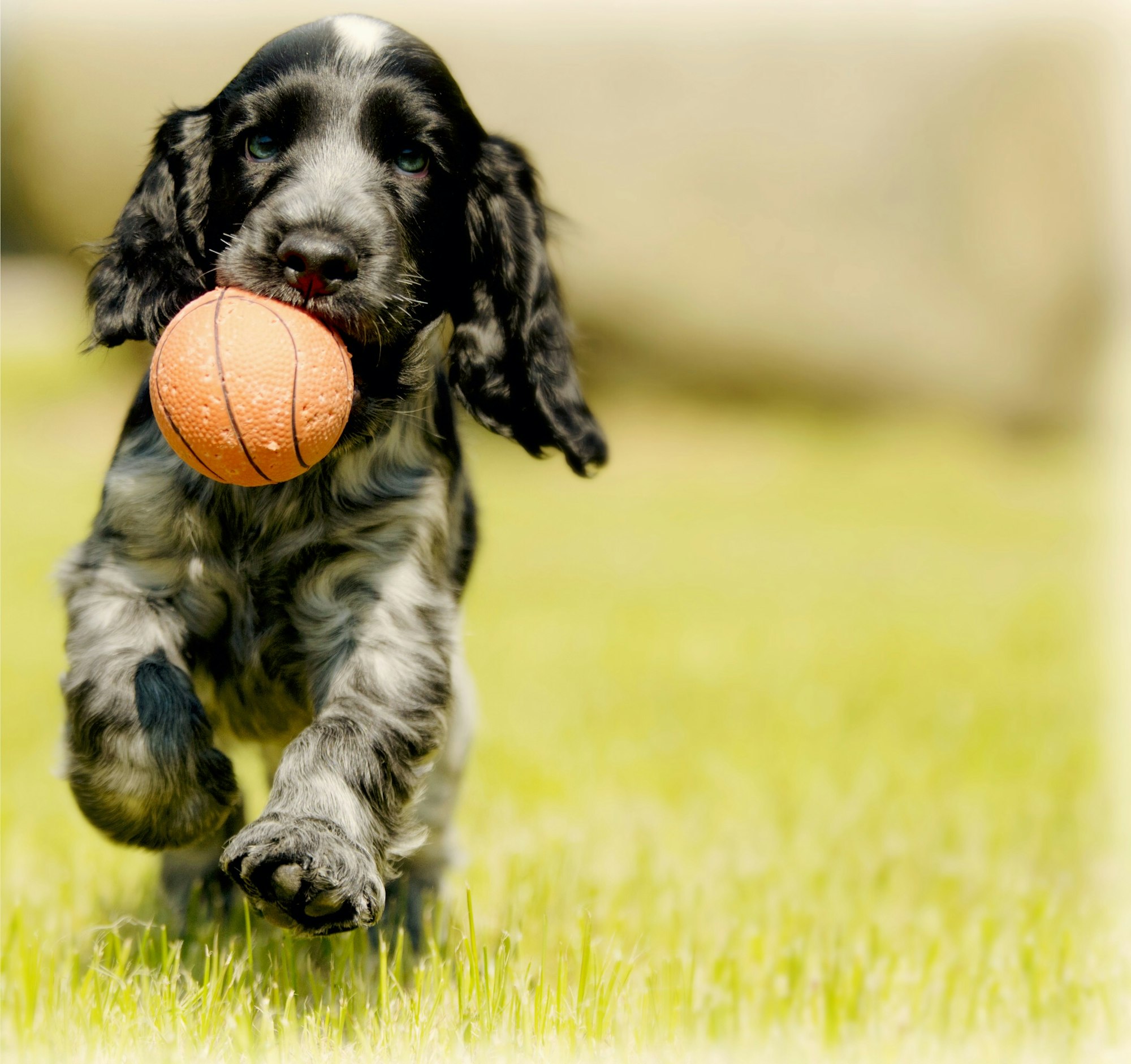
Agility training offers a multitude of benefits for both you and your dog:
1. Physical Fitness: Agility training keeps your dog physically fit, improving their strength, endurance, and flexibility.
2. Mental Stimulation: The challenges presented in agility courses engage your dog's mind, keeping them mentally sharp and focused.
3. Improved Coordination: Navigating obstacles requires precise coordination, enhancing your dog's body awareness and control.
4. Bonding and Communication: Agility training strengthens the bond between you and your dog as you work together as a team.
5. Confidence Building: As your dog successfully overcomes obstacles, their confidence grows, leading to a more well-rounded and self-assured pet.
Equipment and Training Tips
To get started with agility training, you'll need the following equipment:
1. Jumps: These include hurdles and bars that your dog will jump over.
2. Tunnels: A collapsible tunnel that your dog will run through.
3. Weave Poles: A series of upright poles through which your dog weaves in a serpentine motion.
4. Contact Obstacles: These include the A-frame, dog walk, and seesaw, which require your dog to navigate ascending and descending surfaces.
Consider the following tips as you begin your agility training journey:
1. Start with Basic Exercises: Begin by introducing your dog to each piece of equipment separately and rewarding them for successful interactions.
2. Positive Reinforcement: Use treats, praise, and toys to motivate and reward your dog during training sessions.
3. Consistency and Repetition: Practice regularly, keeping training sessions short and enjoyable to maintain your dog's interest.
4. Gradually Increase Difficulty: As your dog becomes comfortable with each obstacle, gradually increase the complexity of the courses.
5. Seek Professional Guidance: Consider attending agility classes or working with a professional trainer to ensure proper technique and safety.
Remember, agility training should be a fun and positive experience for both you and your dog. Celebrate their progress, be patient with their learning curve, and enjoy the journey together!
Nose Work and Scent Detection Training
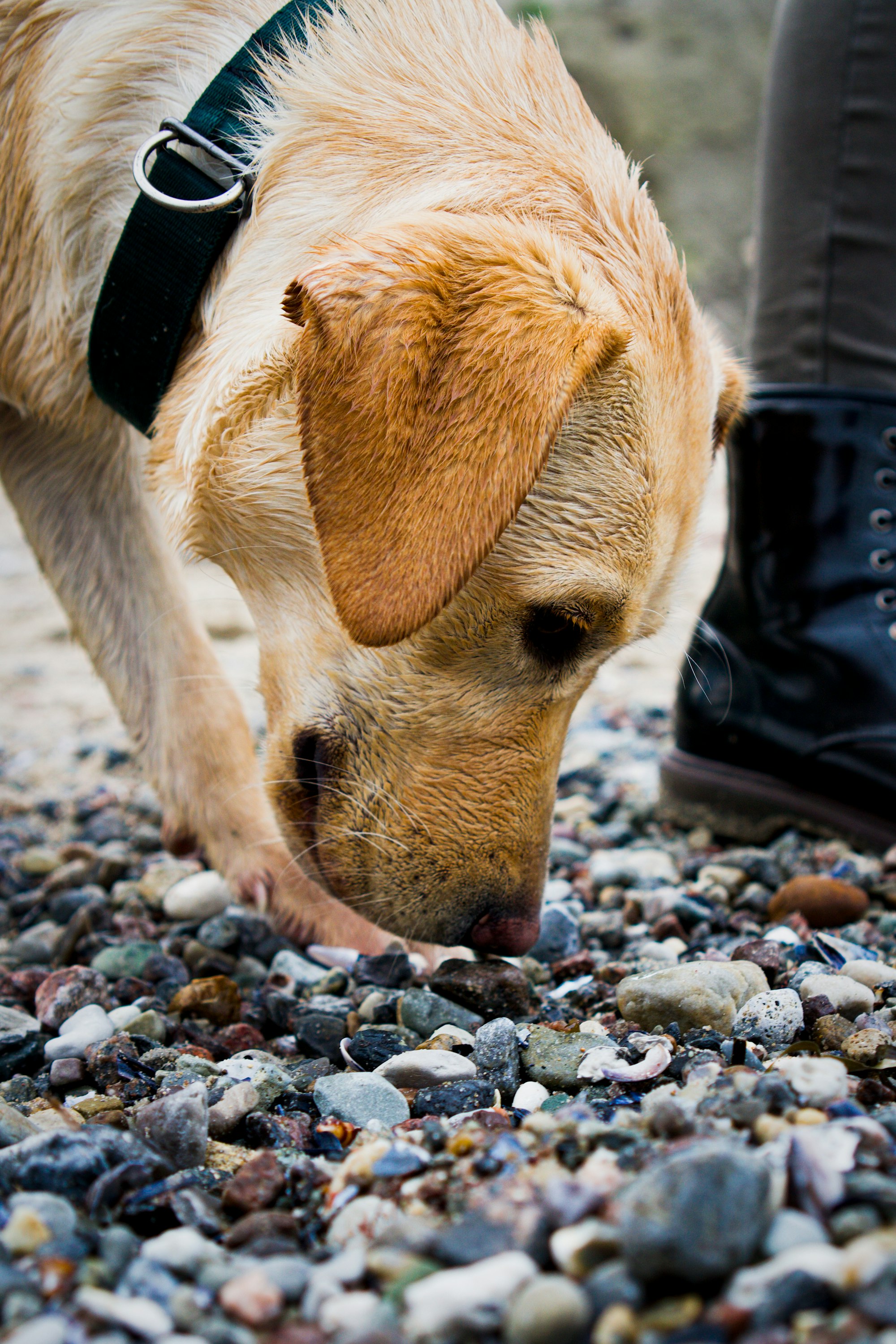
The Power of a Dog's Nose: Dogs possess an incredible sense of smell, making them well-suited for scent detection work. Nose work involves training your dog to identify and locate specific scents, whether it's finding hidden objects, tracking scents outdoors, or detecting substances like drugs or explosives.
Steps to Teach Scent Detection: Teaching scent detection involves gradually introducing your dog to different scents and associating them with rewards. You can start with simple scent games at home and progress to more complex searches. Scent detection training taps into your dog's natural abilities and provides mental stimulation.
Applications of Scent Work: Scent work has practical applications in various fields, including search and rescue, law enforcement, and even medical detection. By harnessing your dog's scenting abilities, you can engage in a rewarding and purposeful activity while contributing to the community.
Canine Therapy and Assistance Training
Therapy Dogs in Action: Therapy dogs provide comfort, support, and companionship to individuals in hospitals, nursing homes, schools, and other settings. Therapy dog training focuses on developing your dog's social skills, obedience, and ability to remain calm in various environments. Becoming a therapy dog team can make a positive impact on the lives of those in need.
Service Dogs and Assistance Work: Service dogs are highly trained to assist individuals with disabilities in performing tasks and navigating daily life. From guiding the visually impaired to alerting individuals with hearing loss, service dogs are invaluable companions. Assistance dog training requires specialized skills and should be undertaken with the guidance of experienced professionals.
Training for Therapy and Assistance Work: If you're interested in training your dog for therapy or assistance work, it's crucial to seek guidance from reputable organizations or trainers specializing in these fields. Training programs typically involve obedience training, socialization, and specific tasks tailored to the needs of the individuals being assisted.

Safety Considerations in Advanced Training
When engaging in advanced training activities with your dog, ensuring their safety is of utmost importance. Here are some essential safety considerations to keep in mind:
Health and Fitness Assessments: Before embarking on advanced training, it's crucial to assess your dog's overall health and fitness level. Schedule regular veterinary check-ups to ensure they are in good physical condition. Maintain a balanced diet, provide appropriate nutrition, and engage in regular exercise to keep your dog fit and healthy. Certain activities, such as agility training, can place additional stress on joints and muscles, so monitoring your dog's well-being is essential.
Positive Training Environment: Create a positive and supportive training environment for your dog. Utilize positive reinforcement techniques, such as treats, praise, and play, to motivate and reward their progress. Clear communication and consistency are vital for effective training. Avoid using harsh punishments or techniques that may cause fear or distress in your dog. Training should be a pleasant experience that strengthens your bond.
Professional Guidance and Support: When engaging in advanced training, it's beneficial to seek professional guidance. Work with experienced dog trainers who specialize in advanced training methods. They can provide valuable insights, address specific challenges, and tailor the training program to your dog's individual needs. Professionals can also help you navigate the complexities of advanced training and ensure the safety of both you and your dog.
Proper Equipment and Gear: Using appropriate training equipment and gear is essential for safety. Invest in well-fitting collars or harnesses, sturdy leashes, and any specialized equipment required for the specific training activity. Ensure that the equipment is in good condition and properly maintained. Using the right gear will enhance your control and minimize the risk of accidents or injuries.
Gradual Progression and Warm-Up: When advancing to new training levels or activities, follow a gradual progression. Introduce new challenges in a systematic and controlled manner, allowing your dog to build confidence and skills over time. Additionally, include warm-up exercises before engaging in physically demanding activities. Gentle stretching and warm-up exercises help prevent muscle strains and injuries.
Observation and Supervision: Maintain constant observation and supervision during advanced training sessions. This allows you to monitor your dog's behavior, identify any signs of discomfort or fatigue, and intervene if necessary. Stay attentive to your dog's needs and adjust the training accordingly. Always prioritize their well-being and safety.
By considering these safety aspects, you can create a secure and enjoyable environment for advanced training with your dog.
Conclusion
Advanced dog training opens up a world of possibilities for you and your canine companion. By delving into targeted command training, off-leash control, canine sports, and specialized activities like agility, scent detection, and therapy work, you can unlock your dog's potential and strengthen the bond you share. Remember to utilize positive reinforcement, seek professional guidance when needed, and prioritize your dog's well-being throughout the training journey.

FAQs (Frequently Asked Questions)
1. How long does it take to train a dog in advanced skills?
· The duration of advanced training varies depending on the dog's breed, age, and individual capabilities. It can take several months to years of consistent training to achieve advanced skills.
2. Can any dog participate in agility trials?
· While agility is suitable for many dog breeds and sizes, certain physical limitations may restrict some dogs from participating. It's crucial to consider your dog's health, fitness level, and any breed-specific traits before engaging in agility training.
3. Is advanced training suitable for older dogs?
· Yes, advanced training can be beneficial for older dogs. However, it's essential to consider their physical health and any age-related limitations. Consult with your veterinarian and a professional trainer to tailor the training to your older dog's abilities.
4. What if my dog shows resistance during training?
· Resistance during training is common and can be addressed through positive reinforcement, patience, and adapting the training methods to suit your dog's learning style. If you encounter persistent challenges, seek guidance from a professional dog trainer.
5. Can I train my dog for therapy work at home?
· While some foundational training can be done at home, training a therapy dog requires additional guidance and evaluation from experienced professionals. It's critical to work with reputable therapy dog organizations or trainers who can provide the necessary support and certification processes.
